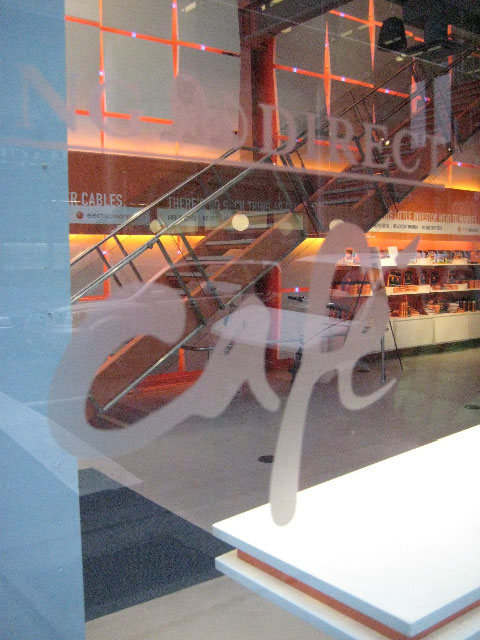
Remaking banking in retail community building and development
How do you tell a story that’s not the same old?
In visiting banks — and the brand presence of their sites (literally and online) — and studying the crises of the current banking scenario that we’ve all been exposed to, what’s the story?
It’s big, and it’s small. It’s big, in that it’s gigantic — the global state of the challenge; it’s small in that it’s about you and me. It’s about people, and their trusting connection to financial relationships. And surely, this is something that we’ve dealt with in the past, if you’ve lived long enough. The collapse of the markets is a cyclic experience — and in working through three decades, I’ve seen it more than once. This cycle is particularly virulent, of course, underlining the obvious.
What I might venture is about how — now — there are potentials to reconnect with community, rebuilding trust and relationships. The heart of rebuilding brand is about telling the story anew; and, as we know, it’s all about emotionally renewing that connection; the connective link.
And we know, you know, what relationship is. It’s relating; it’s a gathering.
1530, “to recount, tell,” from Latin relatus, used as pp. of referre, from re– “back, again” + latus.
And the meaning: “to establish a relation between” is from 1771. Sense of “to feel connected or sympathetic to” is attested from 1950, originally in psychology jargon — but it’s a branding proposition as well.
Without a relationship, you’ve got nothing. And to begin, the brand must do that — initiate the relationship, the referral.
What’s that? Refer. From tracing back, to the soul of the word: circa 1374, “to trace back, attribute, assign,” from Old French referer (14c.), from Latin referre “to relate, refer,” lit. “to carry back,” from re– “back” + ferre “carry”. And, in meaning, “to commit to some authority for a decision” is from 1456; sense of “to direct (someone) to a book, etc.” is from 1601.
We need to be carried back to the brand, if we’re hoping for a relationship.
It’s all about that — the reflectivity of connection: referring, reflecting, relating.
ING Direct is doing just that, with the ING ORANGE CAFÉ. There are seminars, web offerings, books, products — it’s holistically integrated; and a story that’s tied to the conception of orange: “We believe saving money should be as simple as having a cup of coffee” (or orange juice). “So we invite you to come in and experience just how refreshing it is to sip a latte, surf the Internet for free and talk to us about how we can help you Save Your Money.”
I was coming from another meeting, and ran into a orange-jacketed street seller — a merchant, literally from the bank. And what he was doing — talking, explaining, selling. And, to the nature of the conversation, he was making headway. Questions were being asked, and answers offered.
There’s a story there.
Explore > more:
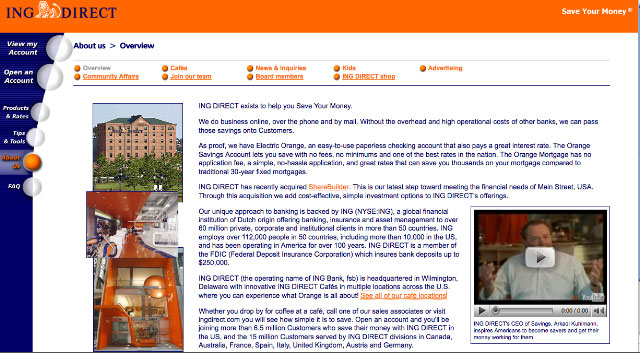
Pull me in — the first step in retail procession:
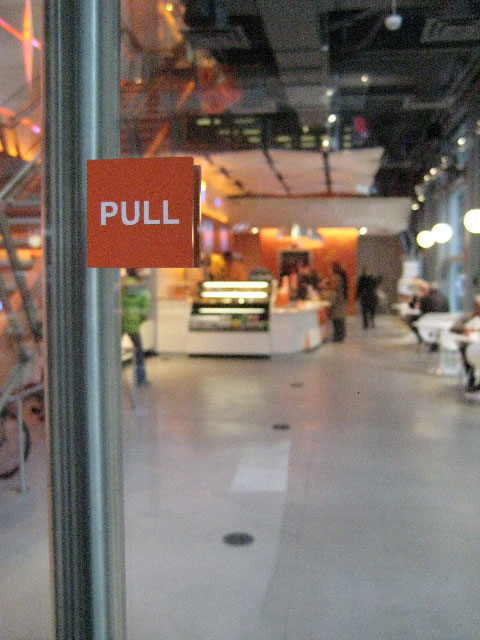
A sense of the place, made:
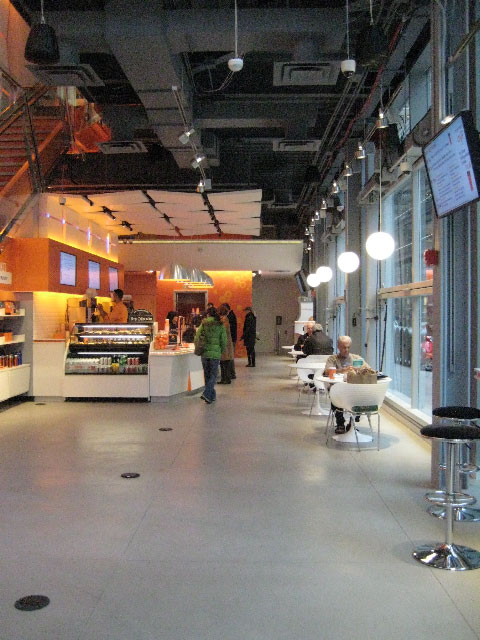
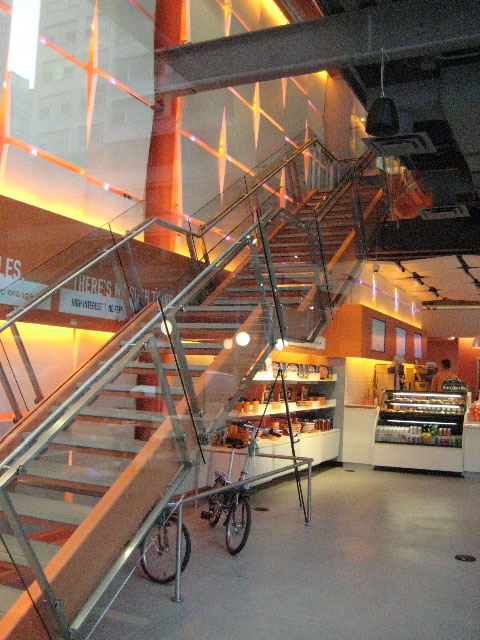

Take me somewhere:
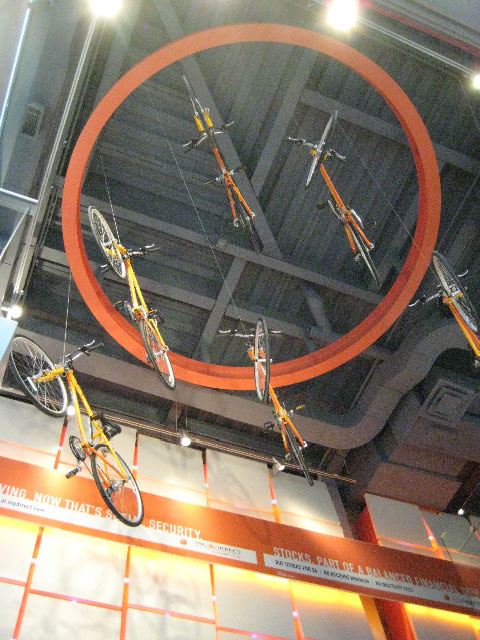
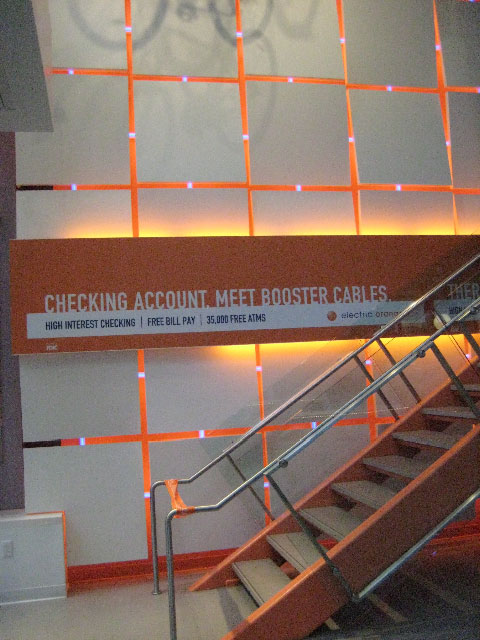
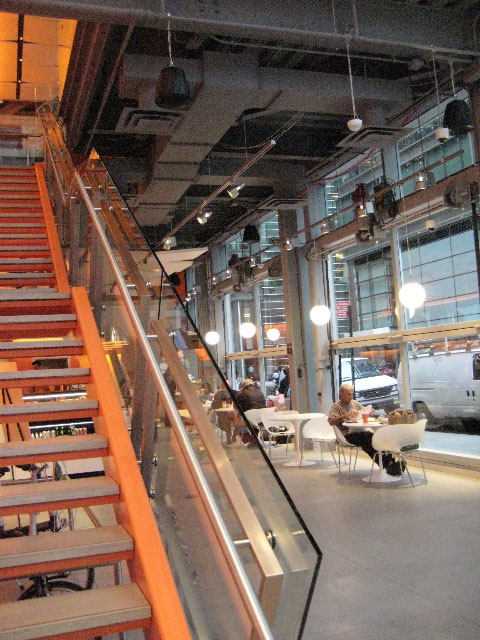
An interesting juxtaposition, with Wachovia behind:
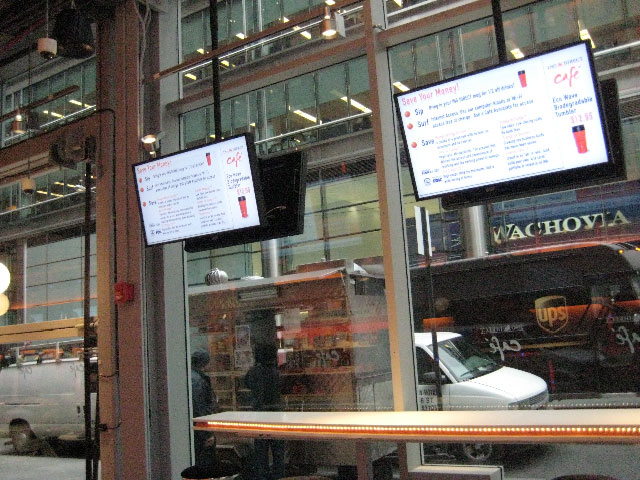
Products that tell the story, integrated design in brand storytelling; bring me in, explain what the story is — everywhere:
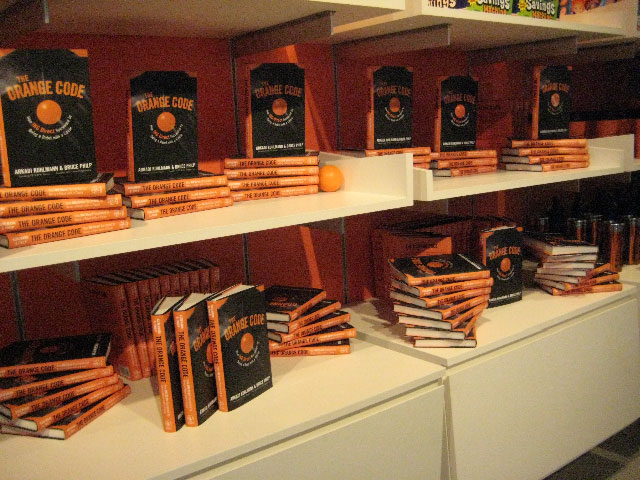
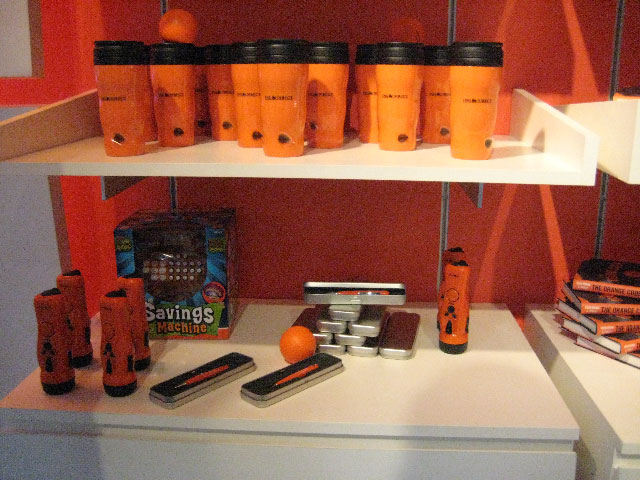
And invite me to stay for a bit:
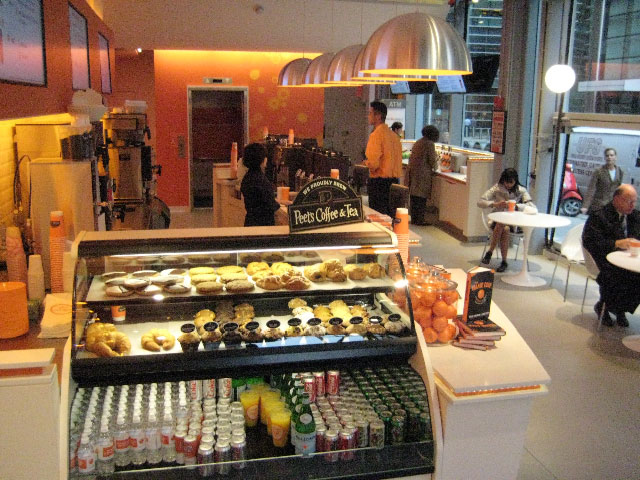
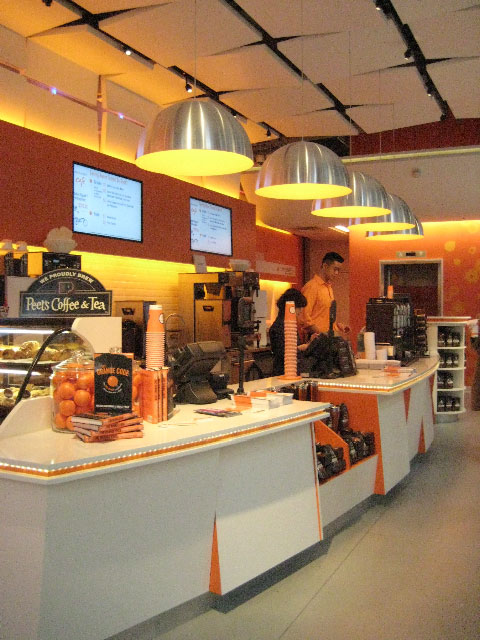
Layer the messaging — providing materials and overlays that continuously draw me in — warmly, humanely, genuinely:
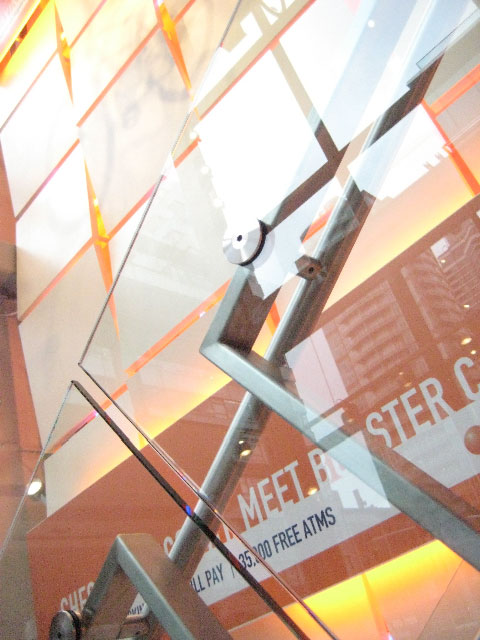
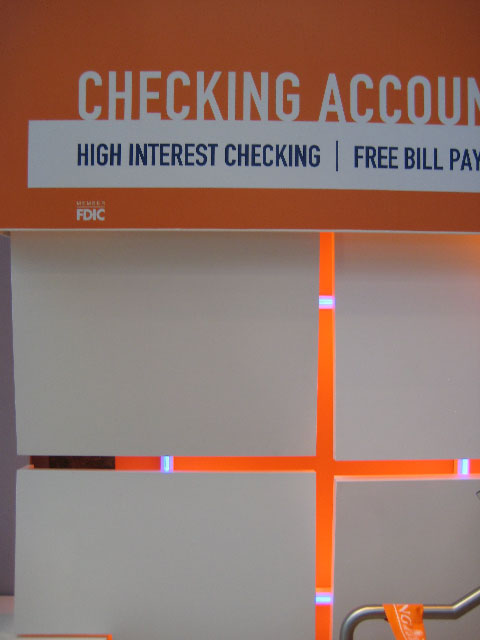
The real point is the push; it’s about pushing an idea, telling a story, and drawing the relationship. Because without relationships, we’ve got nothing.
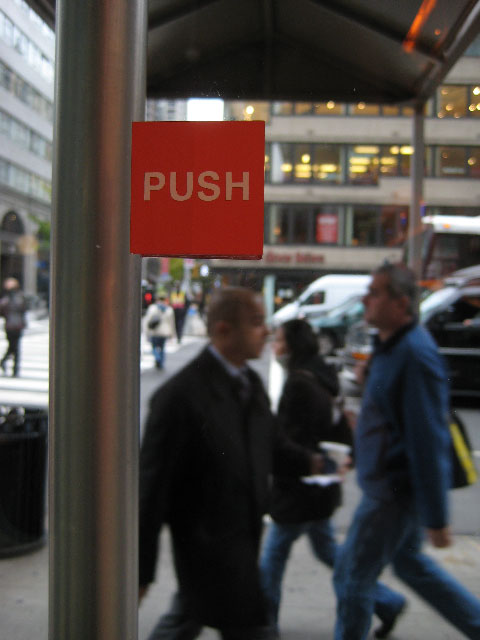
Just like in life. Brandlife.
TSG | NYC